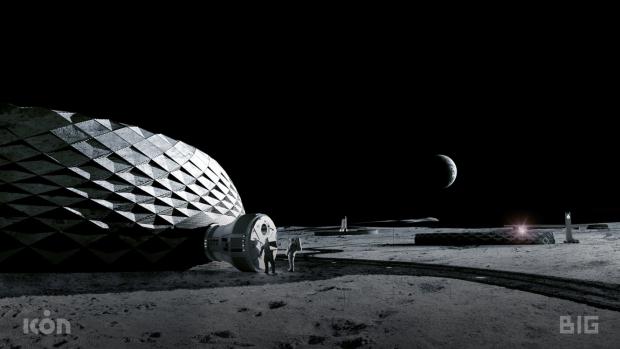
Breaking News
 The Days of Democracy Are Over
The Days of Democracy Are Over
 Elon Musk Described an AI Device to Replace Phones in 5 Years
Elon Musk Described an AI Device to Replace Phones in 5 Years
 Deposit Insurance For Billionaires?
Deposit Insurance For Billionaires?
 Rep. Troy Balderson Is Right: Coal And Gas Drive Affordable, Reliable, And Clean Energy
Rep. Troy Balderson Is Right: Coal And Gas Drive Affordable, Reliable, And Clean Energy
Top Tech News
 Graphene Dream Becomes a Reality as Miracle Material Enters Production for Better Chips, Batteries
Graphene Dream Becomes a Reality as Miracle Material Enters Production for Better Chips, Batteries
 Virtual Fencing May Allow Thousands More Cattle to Be Ranched on Land Rather Than in Barns
Virtual Fencing May Allow Thousands More Cattle to Be Ranched on Land Rather Than in Barns
 Prominent Personalities Sign Letter Seeking Ban On 'Development Of Superintelligence'
Prominent Personalities Sign Letter Seeking Ban On 'Development Of Superintelligence'
 Why 'Mirror Life' Is Causing Some Genetic Scientists To Freak Out
Why 'Mirror Life' Is Causing Some Genetic Scientists To Freak Out
 Retina e-paper promises screens 'visually indistinguishable from reality'
Retina e-paper promises screens 'visually indistinguishable from reality'
 Scientists baffled as interstellar visitor appears to reverse thrust before vanishing behind the sun
Scientists baffled as interstellar visitor appears to reverse thrust before vanishing behind the sun
 Future of Satellite of Direct to Cellphone
Future of Satellite of Direct to Cellphone
 Amazon goes nuclear with new modular reactor plant
Amazon goes nuclear with new modular reactor plant
 China Is Making 800-Mile EV Batteries. Here's Why America Can't Have Them
China Is Making 800-Mile EV Batteries. Here's Why America Can't Have Them
BIG shoots for the Moon with 3D-printed lunar habitat plan

It involves the development of 3D-printed Moon habitats that could be used to support the human exploration of Earth's satellite.
Project Olympus is a collaboration between BIG and 3D printing technology firm Icon (which BIG recently announced it had made an investment in), as well as SEArch+ and NASA's Marshall Space Center. It also builds on BIG's Mars Science City efforts. It's too early yet for finer details on how the habitats would function, though BIG does provide some futuristic renders depicting protective donut-like shelters to whet our appetites.
"NASA has signaled that, through the Artemis program, the Moon will be the first off-Earth site for sustainable surface exploration," explains BIG's press release. "BIG has partnered with Icon to begin designing Project Olympus, a sustainable lunar habitat that will be the first human foray into extra-terrestrial construction with robust structures that provide better thermal, radiation, and micrometeorite protection than metal or inflatable habitats can offer. From landing pads to habitats, these collective efforts together with NASA and Search+ are driven by the need to make humanity a spacefaring civilization."
Project Olympus will use "lunar soil simulant" to produce prototype habitats on Earth that could be suitable to allow humans to live on the moon
BIG
The team will make use of "lunar soil simulant" to develop its habitats on Earth with 3D-printing and robotic tech. You could think of the whole process as similar to a more ambitious version of WASP's 3D-printed mud hut.

 China Innovates: Transforming Sand into Paper
China Innovates: Transforming Sand into Paper


